When You are Treated Badly by A Customer
By Michael J Griffin
6-minute read
Being treated badly or unethically by a customer is a challenging situation for a B2B salesperson. This can happen in a sales meeting or negotiation and one on one or if front of a buying committee. You need to maintain your professionalism while addressing the issue in a non-emotional manner is essential to protecting your integrity, mental health, and the company's reputation to hopefully save the deal. Here's a step-by-step guide on how to handle such situations:
1. Stay Calm and Professional – Don’t Escalate!
Why: Reacting emotionally, defensively or aggressively can escalate the situation, harm your reputation, and potentially damage the business relationship and future sales.
What to Do:
Take a deep breath and remain composed, even if the customer is hostile or unethical.
Focus on separating the behavior from the person. For example, recognize that their behavior may stem from stress, frustration, or other external factors unrelated to you.
Remember not to take it personally. Remind yourself that you are good person and an ambassador for your company.
2. Assess the Situation – Similar to Problem Solving – Analyse the Situation
Why: Understanding the severity, nature and causes of the issue and negative customer behavior is crucial to determine the next steps.
What to Do:
Pause. Don’t jump, don’t escalate.
Start with an acknowledgement of the behavior. Examples: “I can clearly see you are upset.” Or “It is obvious that we have a problem here.”
Then ask permission to ask a few questions to help you clarify the what, why, and causes of the negative behavior. Remember to do this in a polite, respectful manner.
Remember your goal is to defuse the negative behavior and not to fight back to justify yourself.
Evaluate whether the behavior is simply rude, unprofessional, childlike, or crosses ethical/legal boundaries (e.g., dishonesty, harassment, or bribery). Just as important is to not be judgemental, but truly find out the reason(s) of the “why” behind the client emotions and behavior.
Consider the context of the interaction—was it a one-off incident or part of a pattern?
3. Reset the Conversation by Establishing Boundaries for Healthy Communication
Why: Allowing bad or unethical behavior to continue unchecked can set a precedent for future interactions.
What to Do:
Make sure you determine the reasons for the bad customer behavior!
Politely but firmly communicate your boundaries. For example:
"I value professionalism and mutual respect/collaboration in our interactions. Let’s work together to find a solution that’s a win for you, your company and my organization."
Model the professional communication style you want your customer to observe. Show you are a secure and respectful business person.
Avoid engaging in unethical practices even if pressured. Uphold your integrity and your company’s values.
You may suggest a “time out” and ask the customer to reschedule a future meeting. This may give you time to meet your sales manager and get his/her advice.
4. Document the Incident
Why: Having a record of what happened helps you report the issue accurately and protects you in case of escalation. It also focuses you to clearly evaluate this stressful situation.
What to Do:
Write down details such as the date, time, and nature of the behavior, as well as any relevant emails, conversations, or actions.
Be objective and factual in your documentation, avoiding emotional language.
You may also want to do a “pro and con” analysis or use your Key Account Planner to reevaluate the account and possible next steps.
Before sending any email or text, have your supervisor review what you have written, following the guidelines below.
5. Report the Issue to Your Sales Manager or Leadership
Why: Your company’s leadership needs to be aware of unethical or abusive behavior to protect you and the organization.
What to Do:
Share your documentation and discuss the situation with your sales manager.
If necessary, involve someone from HR that understands your sales processes.
Share your Key Account Planner or “pros and cons” analysis on the account.
Remember not to emotionally bad mouth the customer, but be honest and professional when sharing details with your manager.
Seek sales manager guidance on how to proceed. They may intervene, escalate the issue, or provide strategies for handling the customer in the future.
Document the meeting action points you had with your sales manager to ensure both of you are in agreement with next steps.
6. Decide on the Future of the Customer Relationship
Why: Not all customers are worth keeping, especially if they consistently behave unethically or harm your well-being or your company’s.
What to Do:
Work with your manager to determine whether to continue the relationship or disengage. For example:
If the behavior is part of a larger business opportunity, strategize ways to minimize interactions or involve a third party.
If the customer’s actions violate company policies or industry ethics, consider ending the relationship entirely.
Sometimes it may be beneficial to hand over the account to another salesperson or colleague. I have saved some accounts with a handoff to another salesperson.
7. Seek Support
Why: Dealing with rude or unethical customers can take a toll on your mental health and morale.
What to Do:
Discuss the situation with trusted coaches or mentors who will listen first to your situation and then can offer advice and emotional support.
If the behavior was particularly harmful (e.g., harassment), seek professional counselling or support services if needed.
Ultimately, remember that most bad customer behavior is not about you. Discuss with your coach mentor steps you can take to continue your journey as a secure person of integrity.
Eventually, you can move on and possibly forgive the customer.
8. Learn from this Negative Customer Experience
Why: Every challenging interaction can provide valuable lessons for future situations.
What to Do:
Reflect on what you could do differently in similar situations, such as setting clearer boundaries earlier or escalating the issue sooner.
You can review your DISC or other behavioral profiles to help you determine your triggers and stressors to be better prepared for negative interactions.
Use the experience to reinforce your values and professionalism in future dealings.
9. Involve Legal or Compliance Teams (If Necessary)
Why: Unethical behavior that crosses legal boundaries (e.g., fraud, harassment, or bribery) requires immediate action.
What to Do:
If applicable, report the issue to your sales managers the together meet company’s legal or compliance team for further investigation.
Follow company protocols for handling serious ethical violations.
Document all advice and interactions with these departments.
10. Know When to Walk Away
Why: Some customers cost more than they’re worth, both professionally and emotionally.
What to Do:
If the relationship is irreparably damaged or continuously toxic, work with your leadership to disengage from the account.
Focus your energy on pursuing “healthy customers” who value you, your partnership and treat you with collaboration & respect.
As mentioned, you and your sales manager may have the option to hand off the account to another sales rep.
Wrap up
For a B2B salesperson, dealing with difficult or unethical customers can be frustrating and demoralizing and sometimes damaging. However, staying calm, not escalating, setting communication boundaries, and involving leadership can help you handle this negative situation professionally. Protecting your integrity and mental well-being should always be a priority—even if it means the customer relationship is not worth maintaining and you “walk away.” By always documenting the issue, seeking coaching support, and upholding ethical standards, you can navigate these challenges while maintaining your professionalism and reputation for future sales success with healthy collaborative customers!
Michael J Griffin
Founder of ELAvate!
Sales Productivity Coach
Maxwell Leadership Founding Member
michael.griffin@elavateglobal.com
+65-91194008 (WA)
Sources used for this article:
Oklahoma State University Extension Service
Visible GmbH of Hamburg Germany
The Sales Hunter – Mark Hunter in USA
My own experience dealing with toxic customers

